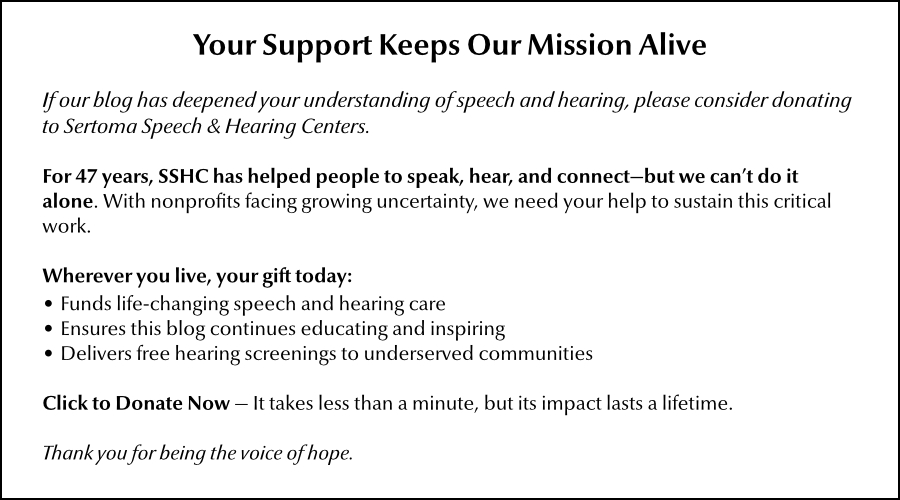David Howorth lost his hearing in stages—first one ear, then both. For years, hearing aids and cochlear implants left him isolated. Then he tried an app that changed everything. His story isn’t just about loss. It’s about how AI and innovation are rewriting what’s possible for millions.
This post is adapted from a piece in The New Yorker.
Why it matters
For the 466 million people globally with disabling hearing loss, real-time transcription tools like Google Live Transcribe aren’t just convenient. They’re lifelines because they turn speech into text instantly, letting users “hear” by reading, and finally join conversations they’ve been locked out of.
→ Learn how to use Google Live Transcribe
The challenge
Hearing aids, particularly over-the-counter models, frequently disappoint users. While they amplify sound, they often struggle to deliver clear, crisp audio. Cochlear implants, despite their technological advances, can significantly alter sound quality. David Howorth describes how violins, through his implant, sound more like harsh, screeching noise. Another persistent challenge is the "party problem" — in crowded, noisy environments, identifying who is speaking becomes nearly impossible.
How it works
AI does the heavy lifting. Apps like Live Transcribe use vast speech databases to generate accurate, real-time captions. Zoom and Microsoft Teams now embed similar tools, auto-labeling speakers and filtering filler words like “um.”
For Howorth, this meant finally keeping up at weekly lunches with friends, mistakes and all. (One transcript famously turned “history professor” into “I have a dick.”)
A closer look
The pandemic accelerated progress.
- Remote work forced reliance on captioning tools, which became lifelines for people like Cristi Alberino, who found open-office noise unbearable.
- Masks made lipreading impossible, but apps filled the gap.
- Now, wearable tech is pushing boundaries: Yale student Madhav Lavakare designed smart glasses that project subtitles onto lenses. Users read conversations and maintain eye contact—no phone required.
The takeaway
Silence no longer means isolation. AI isn’t perfect, but it’s closing gaps that once seemed permanent. For Howorth, Alberino, and millions more, tech isn’t just convenience. It’s connection.
When hearing fails, innovation speaks louder.
Healthy hearing starts here
Learn about the health of your hearing with a free 15-minute hearing screening by an audiologist.
★ Call 708-599-9500 to schedule your free screening.
★ For facts about hearing loss and hearing aid options, grab your copy of The Hearing Loss Guide.
★ Sign up for our newsletter for the latest on Hearing aids, dementia triggered by hearing loss, pediatric speech and hearing, speech-language therapies, Parkinson's Voice therapies, and occupational-hearing conservation. We publish our newsletter eight times a year.
Don't let untreated hearing loss spoil your enjoyment of life.



